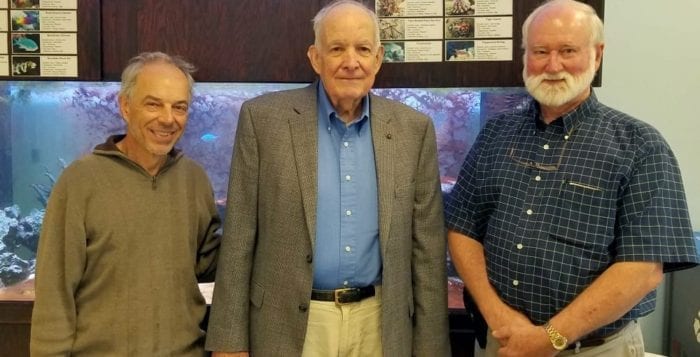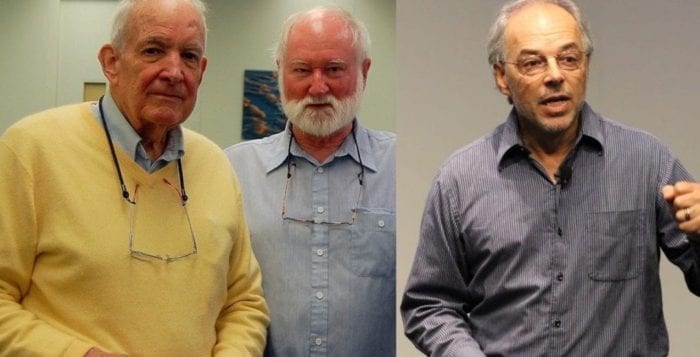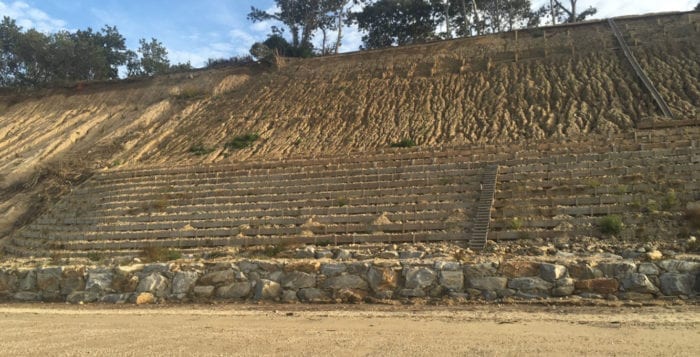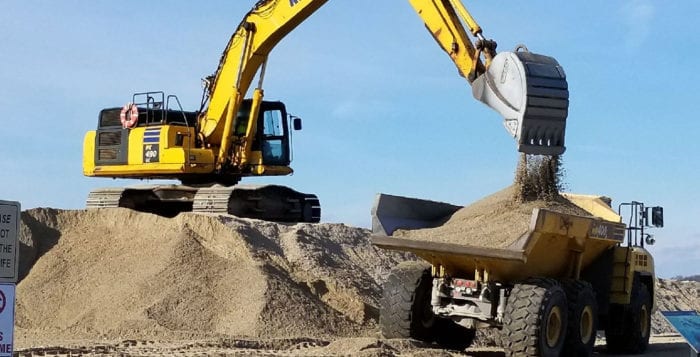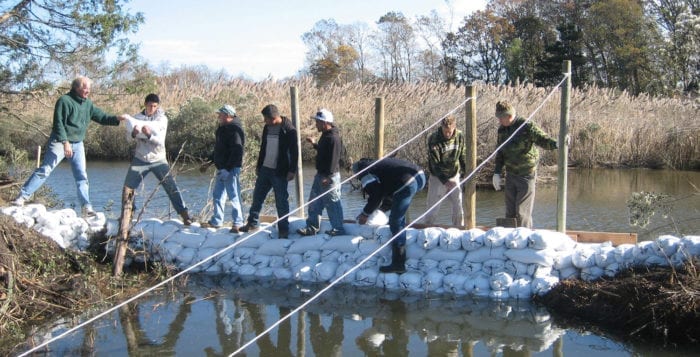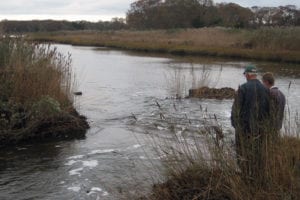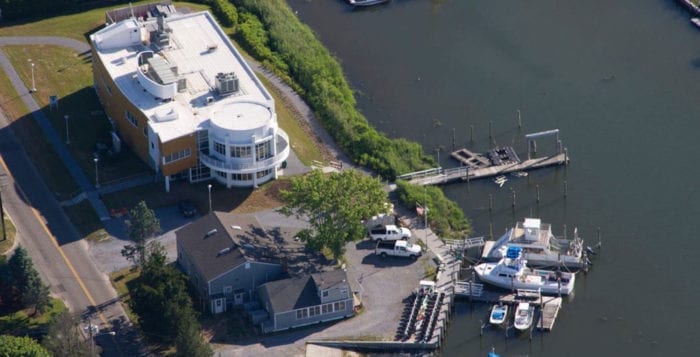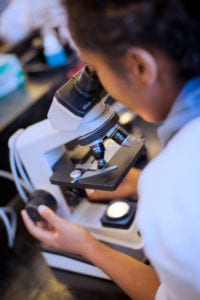Stony Brook University’s Robert Lawrence “Larry” Swanson, associate dean of the School of Marine and Atmospheric Sciences, died Saturday at the age of 82, leaving behind a professional legacy that included awards for his stewardship of waterways and numerous personal connections.
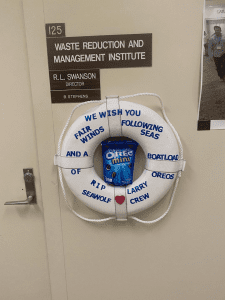
Swanson, who had planned to retire next summer, was teaching waste management issues remotely this fall.
A fixture at Stony Brook since 1987, he led the Waste Reduction and Management Institute. The 6-foot, 2-inch Swanson, who was interim dean for SoMAS from 2016 to 2018, had joined Carl Safina, endowed research chair for Nature and Humanity and Malcolm Bowman, distinguished service professor SoMAS, on the New York State Ocean Acidification Task Force since 2018.
In an email, Safina described Swanson as a “gentleman” and a “kind and knowledgeable man who was a well-recognized leader.”
In 1979, Swanson came to the rescue for Bowman, his wife Waveney and their young family. The Bowmans had rented their Stony Brook house during the summer and planned to live in the United Kingdom. With their children, the Bowmans decided to return to New York, where they endured mosquitoes and yellowjacket stings while living in a tent.
Swanson offered the Bowmans his house as long as they took care of Swanson’s golden retriever while he and his family traveled.
He met his wife Dana Lamont at a party in Seattle, where the scientist rose to the rank of captain as a commissioned officer at the National Oceanic and Atmospheric Administration.
Swanson used to take long walks in Seattle. After the couple started dating, he told Lamont he must have walked by her house numerous times before they met, which Lamont likened to the song “On the Street Where You Live” from “My Fair Lady.”
Swanson and Lamont have two children, Larry and Michael.
Lamont recalled how Swanson spent considerable time at sea. Lamont said her husband was on a ship once and tried to teach college students reluctant to learn about celestial navigation because they had GPS.
“A week or two later, there was a fire on board, they lost all technology and [Swanson] said, ‘OK, you put the fire out. Now, take us to Hawaii,” Lamont said. They had to use celestial navigation.
Lamont said her late husband was “never afraid of anything, such as flying through the eye of a hurricane.”
Swanson testified in a Supreme Court case in 1985. Lamont said he “loved” the experience.
Described by people who worked with him as kind, caring, steady, reliable and humble, he was considered a role model as well as a leader.
SoMAS adjunct professor, Frank Roethel, recalled how he had major surgery in a Manhattan hospital. One afternoon, he woke to find Swanson in a chair next to his bed.
“I was shocked that he would travel just to spend a few moments with me, but that was him,” Roethel said by email.
Bonnie Stephens, who worked for Swanson for 22 years, appreciated how the man brought people together for lunch, where they discussed politics, shared jokes and offered personal stories.
A dog lover, Swanson also leaves behind their dog Lily, a Chesapeake Bay Retriever, which was his favorite breed of dog.
Born in Baltimore, Swanson spent his childhood primarily in Maryland with his parents Hazel and Lawrence.
A 1960 graduate in civil engineering from Lehigh University in Bethlehem, Pennsylvania, Swanson earned his doctorate in oceanography in 1971 from Oregon State University.
The funeral is scheduled for Monday, Oct. 26.

